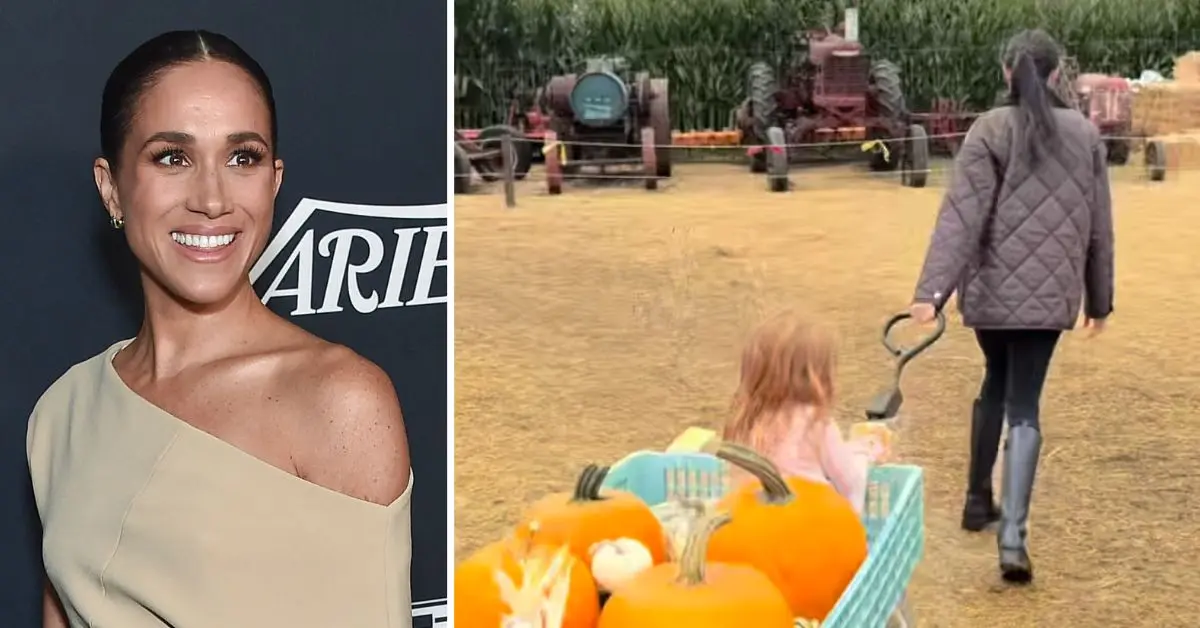Copyright go

A summary of ABC News' polling standards and survey methodology follows. ABC News maintains standards for disclosure, validity, reliability and unbiased content in survey research and evaluates surveys being considered for use to establish whether they meet these standards. On disclosure, in addition to the identities of the research sponsor and field work provider, ABC News requires a detailed statement of methodology, the full questionnaire and complete marginal data. Proprietary research is not exempted. Methodologically, in nearly all cases, ABC News requires a probability-based sample using a credible sampling frame with a high level of coverage of the target population. A probability-based sample that includes some nonprobability sample may be reportable if it includes proper calibration and weighting adjustments to combine the two samples. Full nonprobability, self-selected or so-called convenience samples, including internet opt-in, call-in, street intercept and nonprobability mail-in samples do not meet ABC News' standards for validity and reliability. ABC News may accept some probability-based surveys that do not meet its own methodological standards but may recommend cautious use of such data, with qualifying language. In terms of survey content, ABC News examines methodological statements for misleading or false claims, questionnaires for leading or biasing wording or ordering and analyses and news releases for inaccurate or selective conclusions. Survey methodology In January 2024, ABC News transitioned its full-length surveys from random digit-dialed telephone interviewing to the probability-based Ipsos KnowledgePanel®. ABC News/Ipsos and ABC News/Washington Post/Ipsos, variably, are survey sponsors. KnowledgePanel members are randomly recruited via address-based sampling (using the latest Delivery Sequence File of the U.S. Postal Service) to participate in surveys. Those who lack internet access are provided with a tablet and internet connection at no cost. Panelists who are selected to participate in a survey are sent a password-protected, one-time log-in. Survey participants receive a token incentive, usually the equivalent of $1 or $2 in value. To select respondents, Ipsos weights the panel by sex, age, race/ethnicity, education, region, household income, household size, marital status, homeownership status and metropolitan area per the Supplement of the Current Population Survey; language dominance per the American Community Survey (both produced by the U.S. Census Bureau); and 2024 vote participation and vote choice from the Associated Press tabulation of certified results (using categories for Trump, Harris, other candidates and nonvoters). These selection weights are used as the measure of size in probability-proportional-to-size sample selection, in which panelists with larger selection weights have a larger probability of selection. Surveys are conducted in English and Spanish. Initial nonrespondents receive one email reminder. Harder-to-reach respondents receive an additional reminder. In April 2025, as an example, invitations were sent to 3,654 panelists, resulting in 2,529 completed interviews. In quality control, 63 respondents were removed for skipping half or more of the questions or completing the survey in the fastest 1% times. Two additional respondents were removed for self-reporting an age younger than 18. Data are weighted by iterative proportional fitting to adjust for gender by age, race/ethnicity, education, census region by metropolitan status, household income (per the CPS), language dominance (per the ACS), 2024 vote (per the AP) and political party identification (per the National Public Opinion Reference Survey from the Pew Research Center). Sampling error Poll results may deviate from full population values because they rely on a sample rather than a census of the full population. Sampling error can be calculated given probability sampling methods, using the standard formula (at the 95% confidence level) of (SQRT(.25/sample size))*1.96, plus adjustment for design effects. There can be other sources of differences in polls, such as question wording and order and systematic noncoverage or selection bias. As a function of sample size, sampling error is higher for subgroups. ABC News poll reports analyze subgroups of ~100 cases or larger. Pre-election polls Pre-election polling presents particular challenges. As Election Day approaches, these polls are most relevant and accurate if conducted among voters. Yet actual voters are an unknown population -- one that exists only on or shortly before Election Day. Pre-election polls make their best estimate of this population. In pre-election vote preference polling, ABC News develops a range of likely voter models, including elements such as self-reported voter registration, intention to vote, attention to the race, past voting, age, and political party identification, among others. ABC News evaluates voter turnout estimates produced by these models and diagnoses differences across models when they occur. ABC News has presented detailed evaluations of its election tracking polls at polling conferences and in published work (Langer and Merkle 2001; Merkle, Langer and Lambert 2005; also in Public Opinion Polling in a Globalized World, Springer 2008; Langer et al. 2009).



